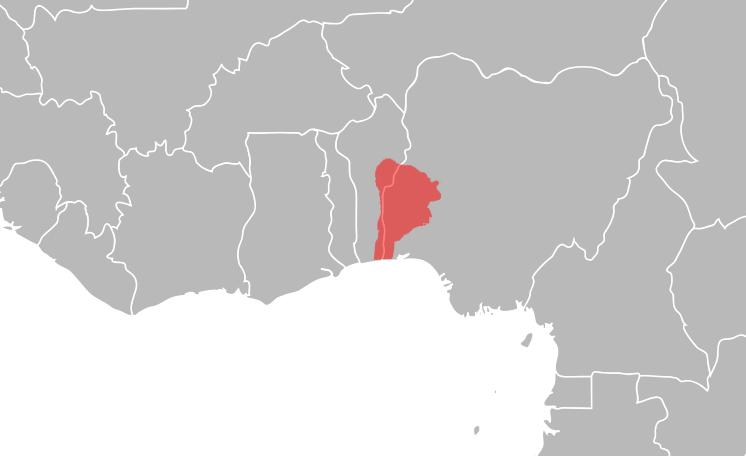

This thread is for discussing the historic civilisations, monarchies, polities etc of Nigeria and it's accomplishments, cities, peoples etc. Apparently Nigeria (the area) has always had a high population. I believe it's to do with two things:
1. The two major rivers that flow within it - The Niger and Benue.
2. Nigerians are fertile as fukk. LOL
The area now known as Nigeria is home to many ethnic groups, each with it's own culture and history (yet despite all that Nigerians are very similar to each other genetically). I personally
As some of you know (or don't know) this place has had many civs, polities etc like The Nok culture, Oyo Kingdom/Empire, Arochukwu, The Benin Kingdom/Empire, Nri Kingdom and many more.
Time to kick things off with:
The Oyo Kingdom/Empire

The Oyo Empire was a Yoruba empire of what is today Western and North central Nigeria. Established in the 15th century, the Oyo Empire grew to become one of the largest West African states. It rose through the outstanding organizational and administrative skills of the Yoruba people, wealth gained from trade and its powerful cavalry. The Oyo Empire was the most politically important state in the region from the mid-17th to the late 18th century, holding sway not only over most of the other kingdoms in Yoruba land, but also over nearby African states, notably the Fon Kingdom of Dahomey in the modern Republic of Benin to the west.
It's cavalry were a force to be reckoned with. They even had their own version of knight(hood) called the Eso or Esho.
A semi standing military force of heavy cavalry composed of the best warriors. They were able to keep horses because they had a lot of territory in the Savannah where there's a lot less of the tsetse fly that brings sickness to domesticated animals like horses, cattle etc.
Well I'm done for now. Feel free to post any info about Nigeria's history.
 The Yorubas were literally the "Greeks" of Africa imo. Anyhow let me drop some interesting info.
The Yorubas were literally the "Greeks" of Africa imo. Anyhow let me drop some interesting info.


